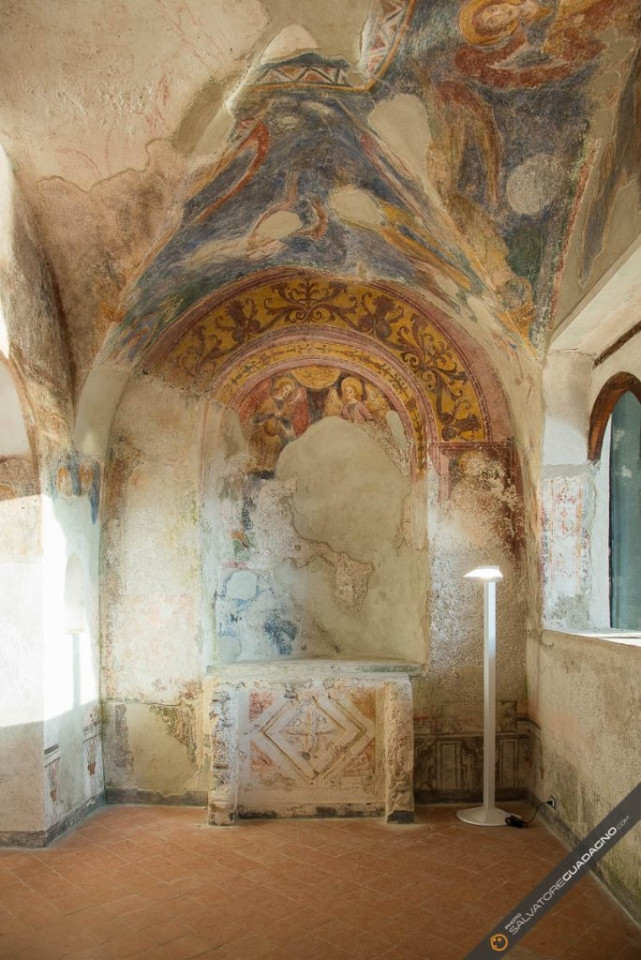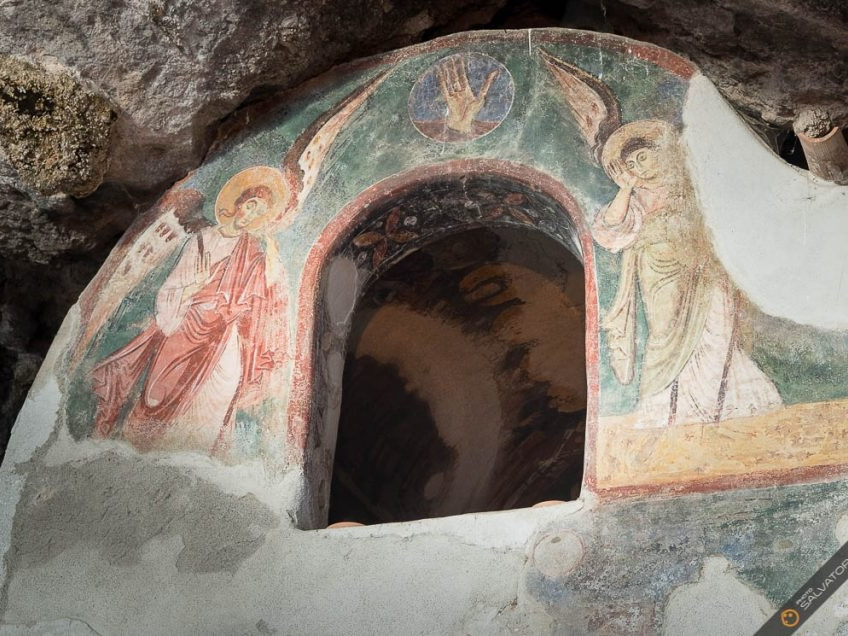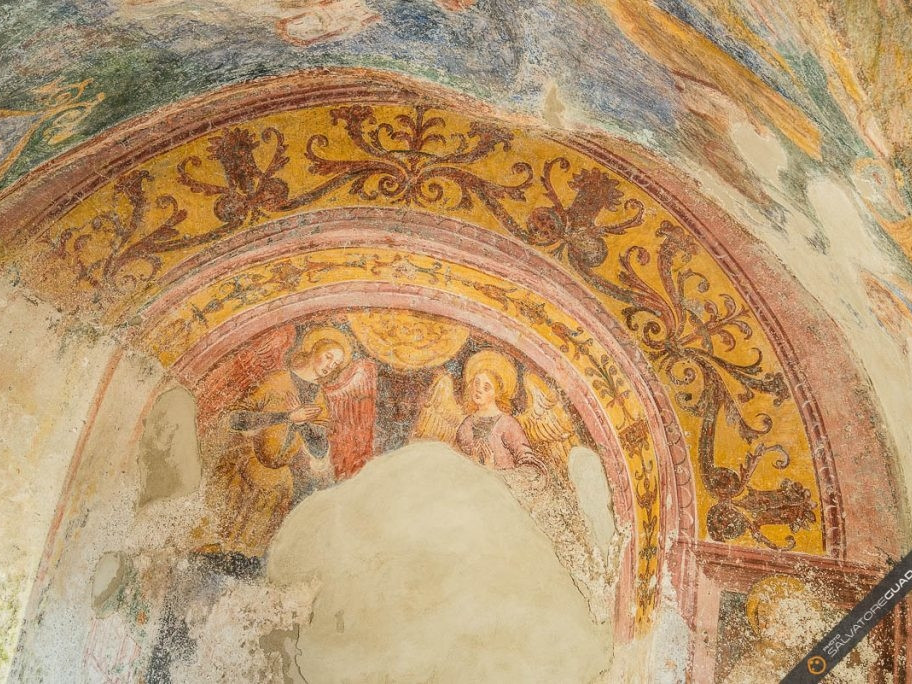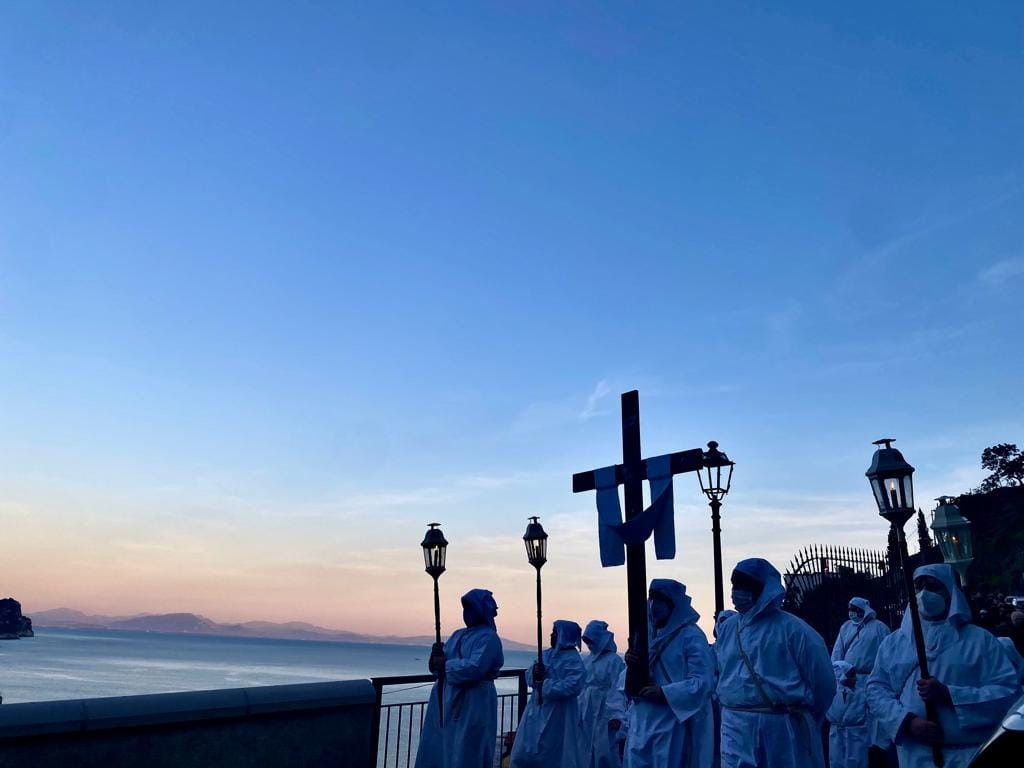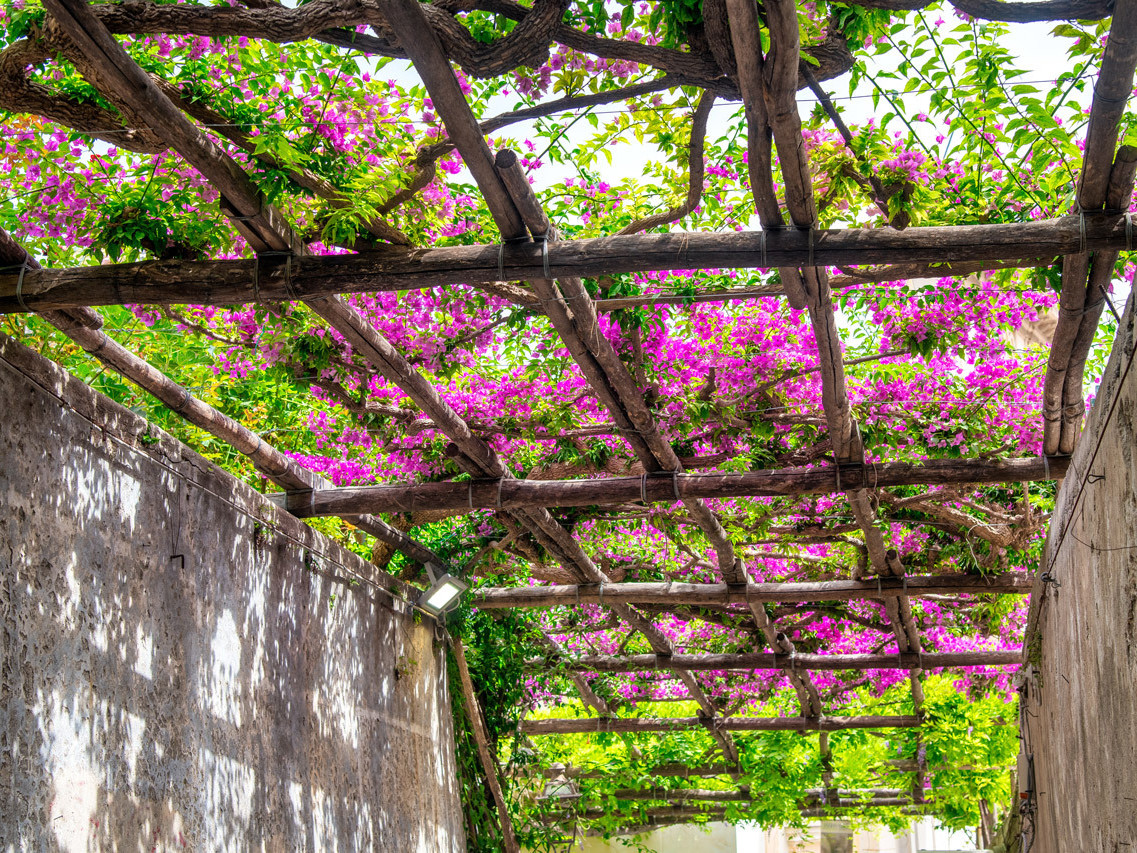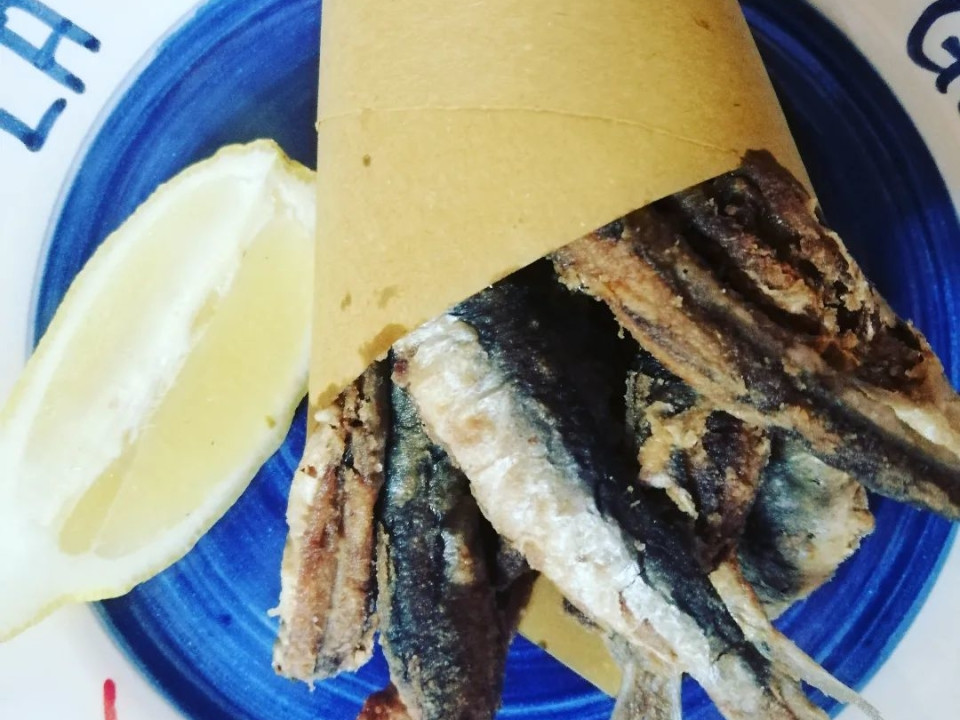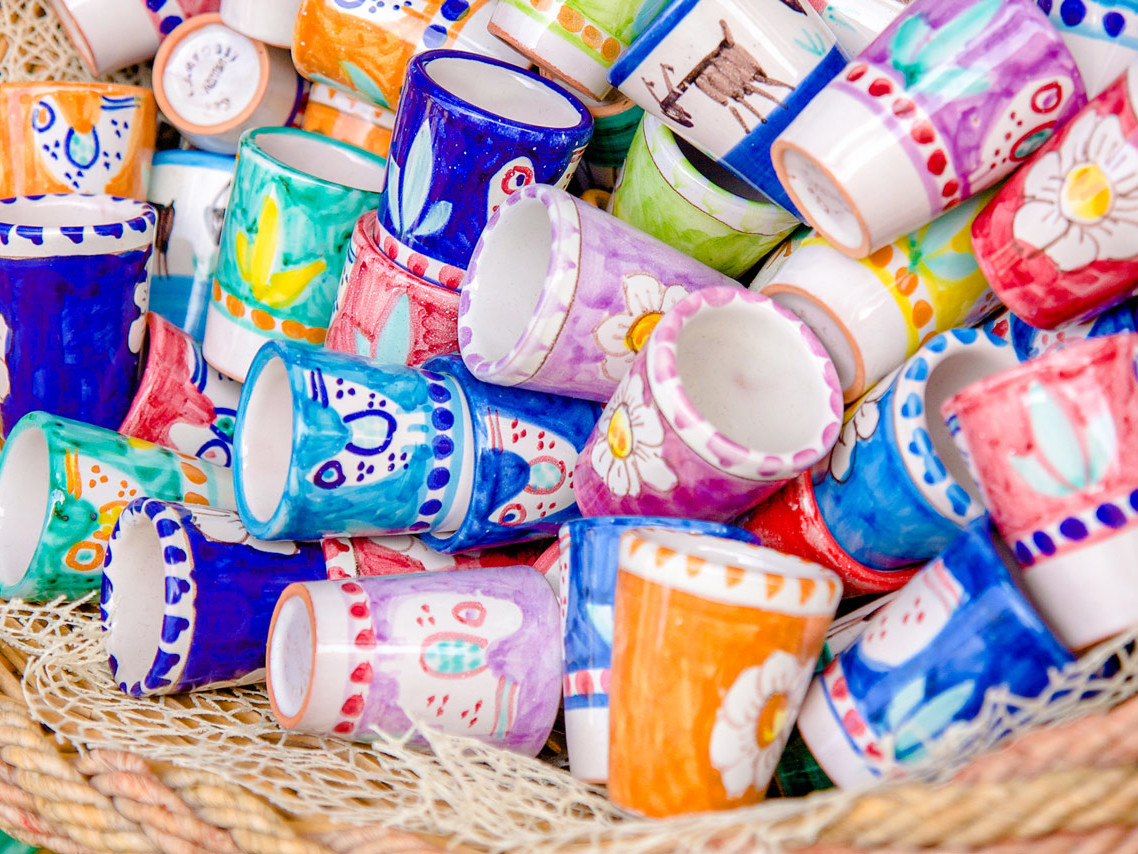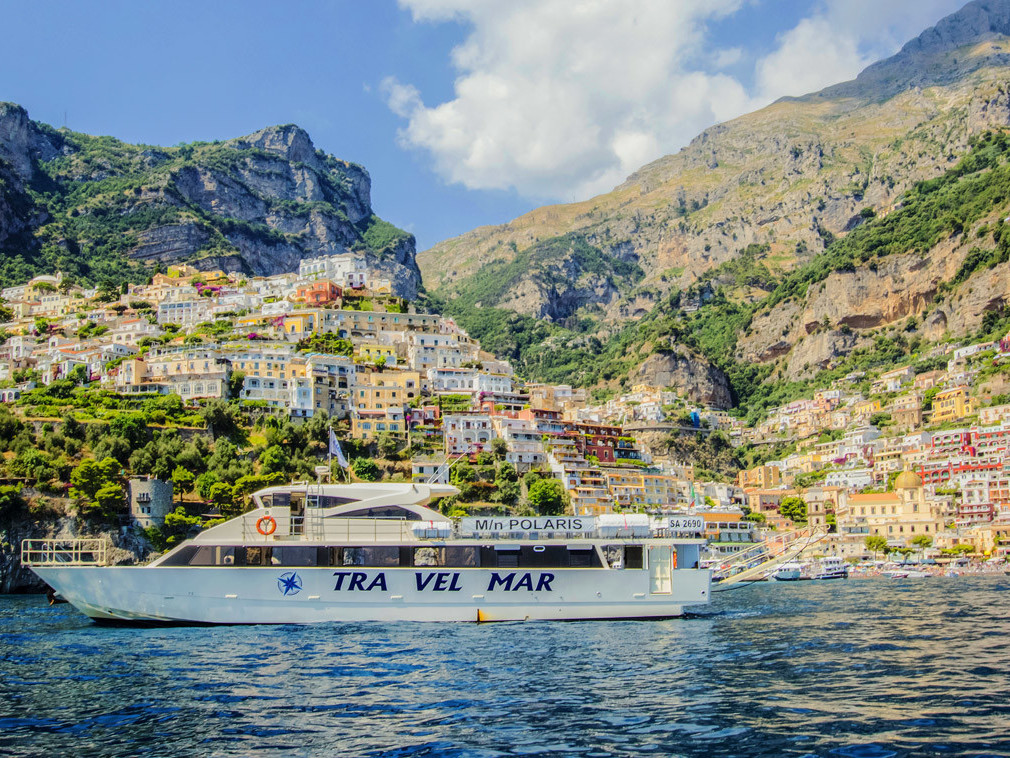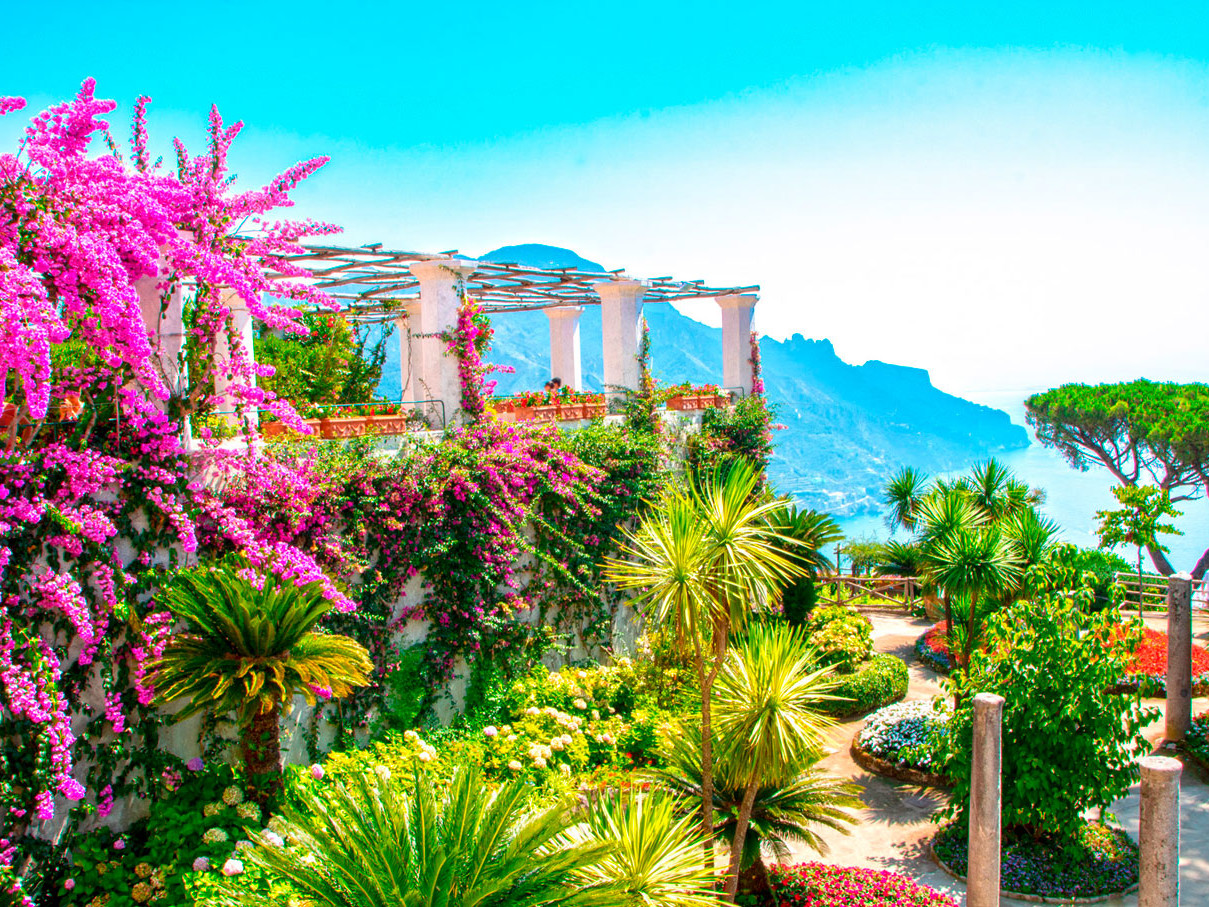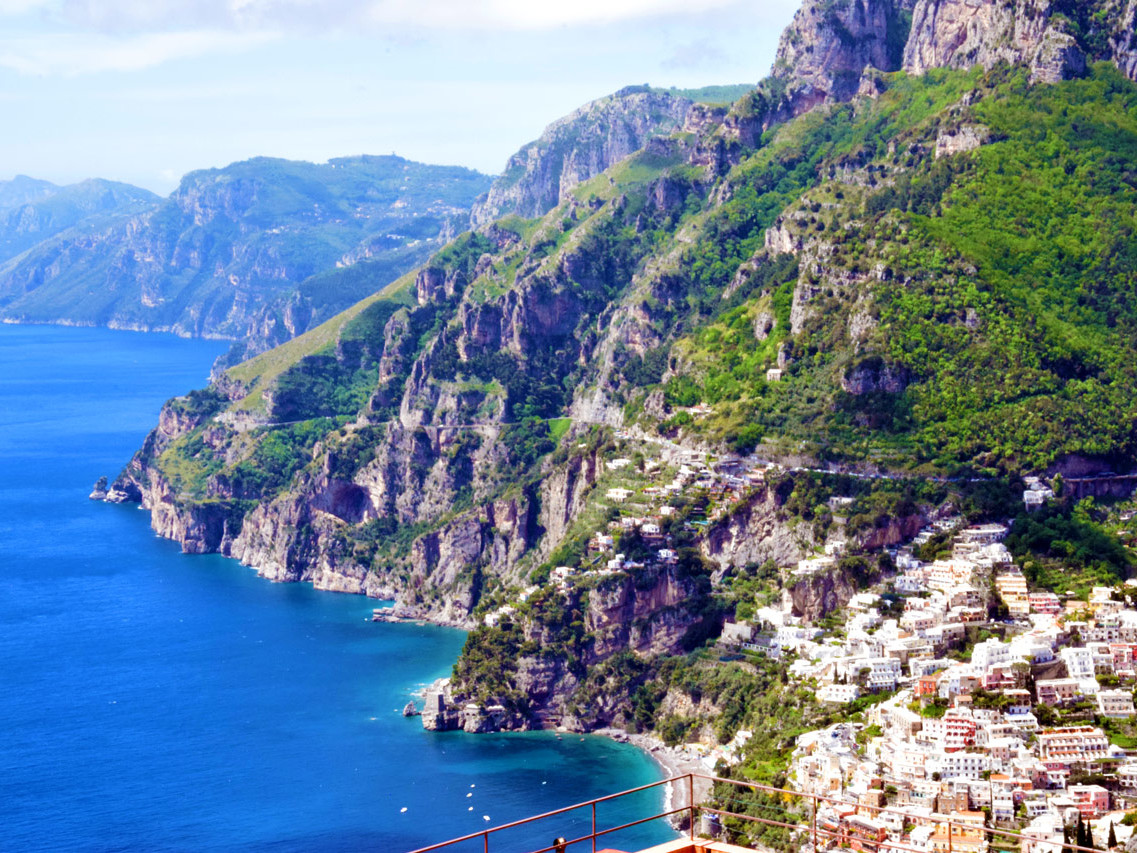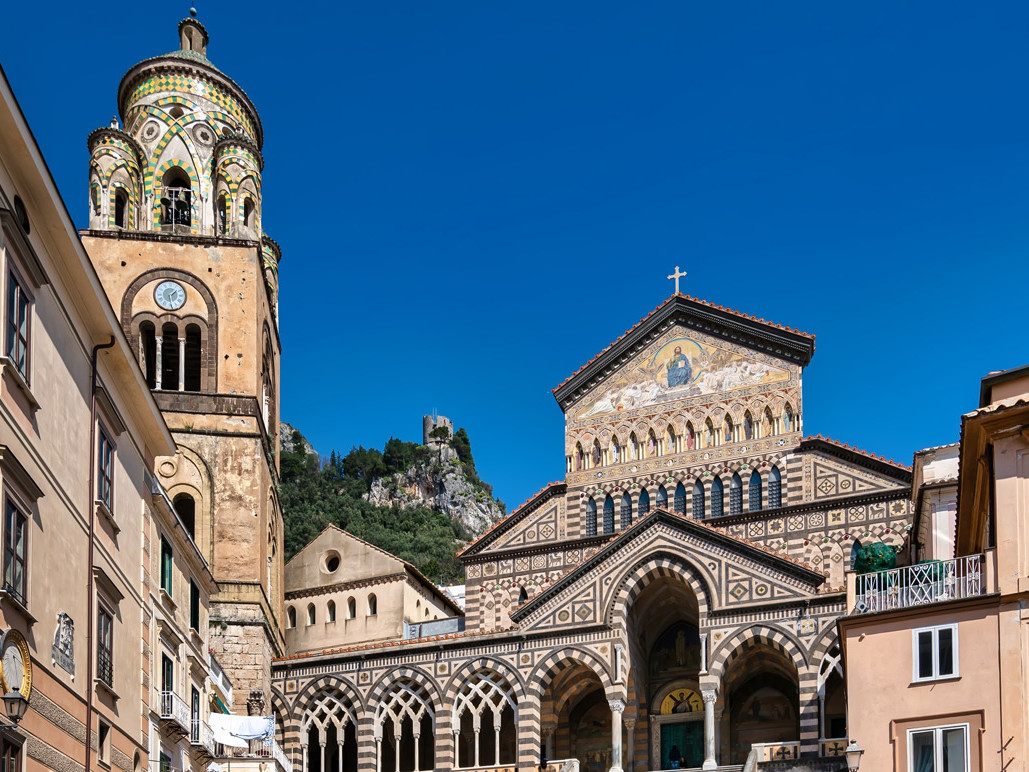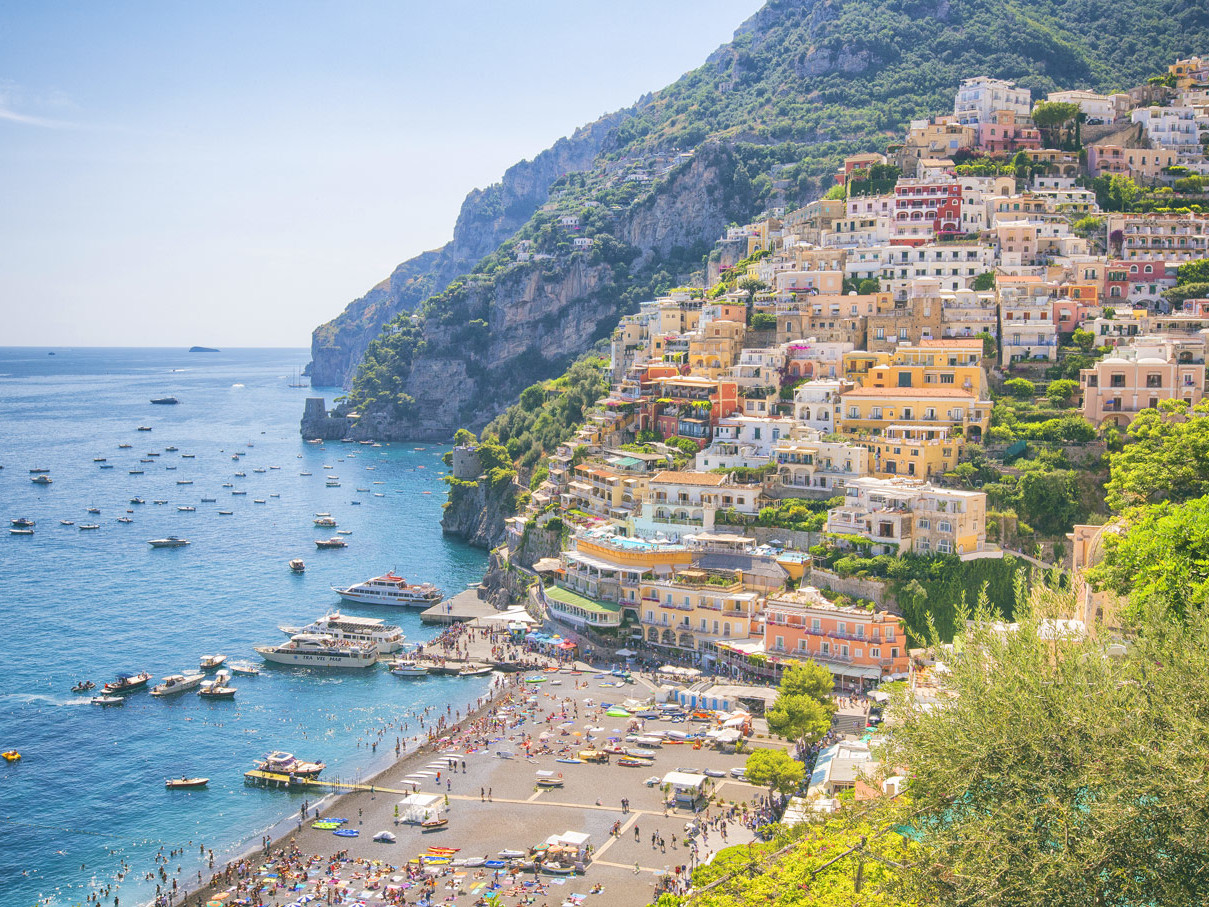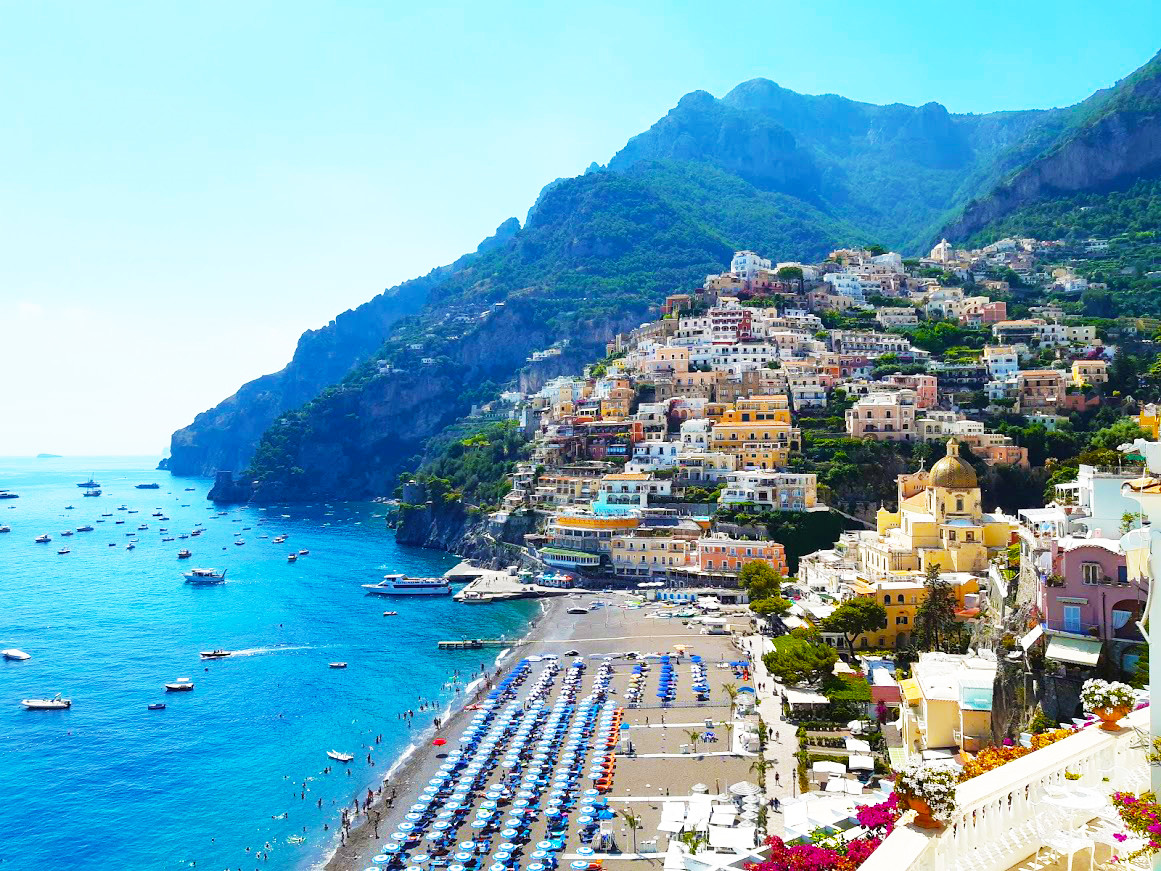THE ABBEY OF SANTA MARIA DE' OLEARIA IN MAIORI: A MEDIEVAL BEAUTY IN THE AMALFI COAST
The Abbey of Santa Maria de Olearia in Maiori is a precious testimony to the art and architecture of the early Middle Ages. Consisting of three overlapping chapels, it is famous for the medieval pictorial cycles that can still be seen inside and that have made it one of the most significant monumental structures in the history of the Amalfi Coast.
by Roberta Cascone
In the Middle Ages Maiori was one of the largest and most important ecclesiastical seats in the Duchy of Amalfi, thanks to the many monasteries in the area. Indeed, different monastic groups coexisted here, such as the Benedictines, the Basilians and the Cluniacs. In the beginning these monks lived as hermits, and only later did the hermitages develop into full-fledged abbeys. Even the monumental complex Santa Maria de' Olearia in Maiori was born as a hermitage between 973 and 987. In her long and rich history of evolution, the abbey has passed between many different phases before becoming one of the most important points on the Amalfi Coast for the study of medieval art in Campania.
share this article
The abbey from the outside
A thousand-year old history
The abbey of Santa Maria de Olearia was first publicized in 1871 by Salazaro, who published some reproductions of its frescoes in a volume entitled "Studies on the Monuments of Southern Italy from the Fourth to the Thirteenth Century." Its foundation dates back to the first archbishop of Amalfi, Leone, who authorized a hermit monk, Pietro, and his nephew Giovanni, to build the church of Santa Maria on a site where oil processing took place ("De Olearia" would be derived from this) around the year 1000. As the number of monks increased, the site became a full-fledged Benedictine monastery until the abbey was incorporated into the Amalfi Cathedral Chapter by Pope Gregory XIII in 1580. All that remains today of the monastic complex are the three overlapping small churches, which were carved out of the interior of a natural rock face. However, the most interesting aspect of the abbey concerns the early medieval wall paintings, which date back to the time of the Amalfi duchy.
The pictorial cycles
The paintings in the Abbey of St. Maria de Olearia were made between the 11th and 12th centuries and constitute as many as three different medieval cycles spanning as many rooms.
The first room is the crypt, which is located a few meters below street level. The main core of the crypt is a square room with three apses. Originally all the walls were frescoed, but today we can admire only a few fragments. In the central apse we recognize a Benedictory Christ with a white robe and a golden mantle, accompanied by two angels wearing purple robes. In the southern apse there are three other headless figures: the one in the center is probably Christ or a saint, while at his sides would be St. John the Baptist and St. John the Evangelist. The best-preserved section of frescoes, however, is to the south of the apses, and includes four figures identified as John, the nephew of Peter the hermit; St. Paul, with a beard and a white robe; the Praying Virgin with a red robe and a blue mantle; and finally St. George.
The second cycle of frescoes was severely damaged by the dampness of the cave. They are located in the church and cover part of the vault and walls of the aisles. In the south aisle, scenes of the Incarnation and figures of Saints can be recognized. On the window are scenes of the Annunciation and Visitation and in the center is the Nativity. The apse, on the other hand, is occupied by musician angels. Originally, in the vault a Christ Pantocrator, which is now almost completely lost, was depicted, surrounded by four angels, while on the walls are scenes from the Infancy of Jesus.
The third and final cycle of frescoes is located inside the Chapel of St. Nicholas, situated above the chapel dedicated to the Virgin and recessed into the rock face. It consists of an apsidal room with a barrel-vaulted roof. On the facade we find a medallion with the hand of God with two Hosannant Angels, while the apse depicts the Virgin and Child with St. Nicholas and St. Paulinus.
The paintings, although made at different times, are all affected by Byzantine influence, a style that came to Italy in the early 11th century. Due to the absence of documents, however, scholars have been unable to construct a certain chronology of the frescoes, which nevertheless remain a magnificent example of medieval Campanian wall painting.
The frescoes of the abbey
Photo credits salvatoreguadagno.com
share this article
- At https://maiori360.it/ you can take a virtual tour of the abbey! Just select "Santa Maria de' Olearia Abbey" in the upper left corner and use the symbols to explore it!
- The abbey is unfortunately closed during the fall months, but click on this link to stay updated on upcoming openings!


